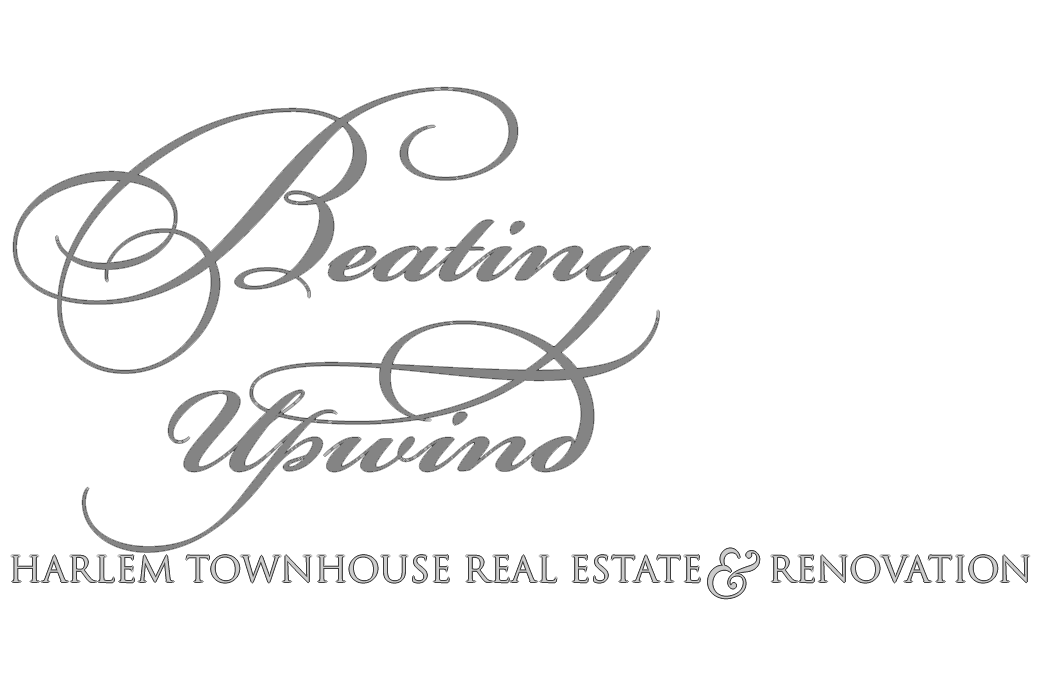There’s an inherent problem with rehab loans which means the contractor is more likely than not to run into cash flow problems…
With a rehab loan there is no payment until the work is done. And even then 10% is held back until the end of the project. The holdback protects the bank and the home owner, but it creates a difficult scenario for the contractor. The 10% is supposed to be his profit and holding it is supposed to be leverage to make sure he stays around and completes the project. But if problems arise the holdback could mean that he doesn’t have the cash flow to keep the project progressing. Deadlines can be missed, and costs can start piling up.
With most contracting arrangements the contractor gets a deposit at the beginning of the project and that deposit is his cash reserve to help him get through the project since he’ll need to pay for certain things in advance. Thing is, with a rehab loan there is no deposit. This means you need to make sure going into contract that your contractor has a substantial amount of cash in his bank accounts and/or that he has good credit and access to substantial lines of credit. If you’re financing part of your renovation in cash you may be asked to give a deposit on the entire job – not just the portion you’re doing in cash.
One significant risk is if line items come in over budget. In that case the amount over budget will come directly out of your contractor’s available cash and could create cash flow problems.
Another potential problem is if your contractor needs money to cover losses on other jobs or if he didn’t pad the numbers enough to have money to cover G&A items like insurance. In both of those cases his available cash will get depleted and he will start having cash flow problems.
If you ask your contractor to bond the job (ensuring that sub-contractors are paid for their work and don’t put liens on your property) – the bond money will also eat away at available cash. But, contractors who have the cash to bond jobs probably have cash they need to keep the job on track.
When the contractor’s cash flow starts getting tighter you’ll start seeing progress on your job slow down. And the slower it goes the worse the problem becomes since fixed costs are still incurred even though work isn’t getting done. Gradually the contractor can dig himself into a pretty deep hole.
Finances and managing money are a big part of contracting – contracting is far more than just doing good work. The ideal contractor will have a “money guy” who will watch the budget and the cash flow like a hawk and make the contractor stay on budget. If you’re selecting a contractor make sure there’s a money guy that’s part of his team – that could be a construction manager (a “CM”) or it could be a project accountant. Stay away from any contractor who doesn’t have a money guy as a senior member of his team.
Rehabbing a place is difficult enough even when everything goes smoothly. But it can quickly turn into a nightmare if your contractor has financial problems.
